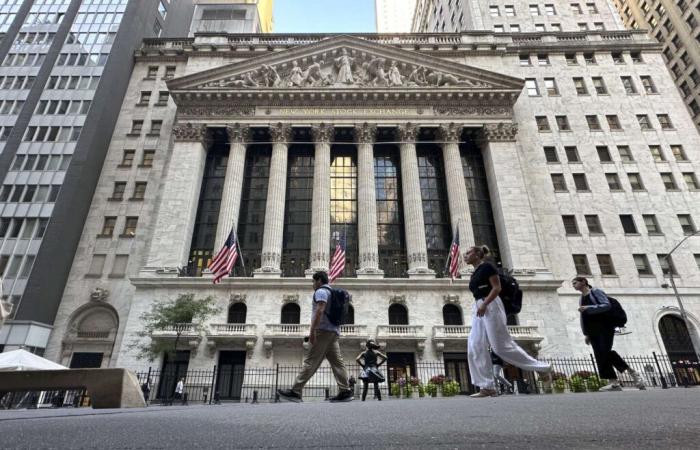LThe year 1812, as all children in France learned at school, was the year Napoleon lost his Grande Armée in the snows of Russia, a prelude to his fall. It was also, and this is less well known, the year when the British, then at war with the United States, burned down its capital, Washington. It was also the year when the United States, with a population of 7.5 million at the time, had more than 1,000 joint-stock companies duly registered with the courts (chartered corporations), when France had 13, Prussia 8 and England (in 1824) 156, according to the census carried out by two American economists, Henry Kaufman (Stern School of Business, New York University) and Robert Wright (Augustana University, South Dakota).
But the most surprising thing is that, by engaging in the same exercise as the magazine Fortunewhich has ranked the 500 largest American (and then global) companies by size of their capital since 1955, the two researchers put forward a thesis which somewhat revises the classic diagram of the chronology of business: from “merchant” capitalism – that of shipowners and colonial trade – of the 17the and 18e centuries would have been succeeded by the “industrial” capitalism of railways and factories in the middle of the 19th century.e century, then the “financial” capitalism of banks, stock exchanges and hedge funds in the early 1980s.
Read also | Article reserved for our subscribers Subprime crisis: in September 2008, capitalism lost its footing
Add to your selections
Because of the 500 largest capitalizations of 1812 in the United States, 130 (or 26%) are banks (of which the 5 largest, and even 9 of the 10 largest, the ninth is a fur trader, 27 of the 30 largest). These 130 banks alone bring together 72% of the capital of the 500.
For comparison, infrastructure builders (bridges, canals, highways) represent 32% of the 500, but only 12% of the capital, industrialists 20% of the workforce and 11% of the capital. The City Bank of New York, which in 1812 occupied the 5e rank of this Fortune 500 historically, has become Citigroup, the world’s largest financial services company. The Manhattan Company, at 8e rank, is now JP Morgan Chase, the largest bank in the United States.
Distrust is the order of the day
The United States became, between the end of the Civil War (1861-1867) and the end of the 19th centurye century, the greatest industrial and agricultural power in the world, and in 1913 the leading exporting power, dethroning Great Britain. But it was the investments of the big banks, founded between 1791 and 1812, that financed this boom. American capitalism is first and foremost a financial capitalism, draining the profits of merchants, the banks themselves and the landowners. But it is in the north-east of the United States, and not in the south, that the Fortune 500 1812: the states of New York, Massachusetts and Pennsylvania account for 63% of the companies and 56% of the capital.
You have 27.74% of this article left to read. The rest is reserved for subscribers.






